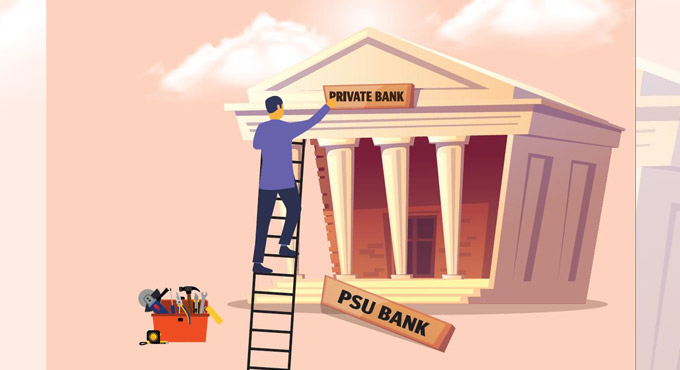
The Prime Minister, Mr. Narendra Modi, has now a magnifying glass on him as the experts; public and banking sector wait for a plan on possible privatization of up to 4 banks in the next months. The effects of Coronavirus pandemic has put the governments of the world in alert, with no foreseeable future on site, the reforms, and adjustments have been exponentially increasing and in India, it’s no exception.




